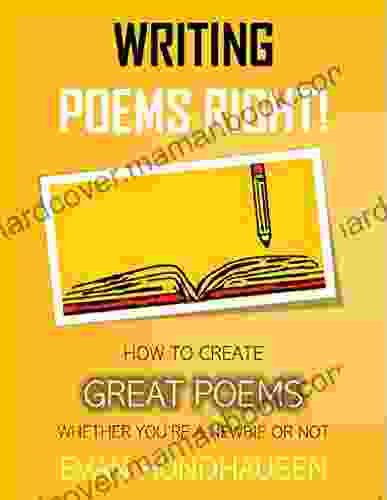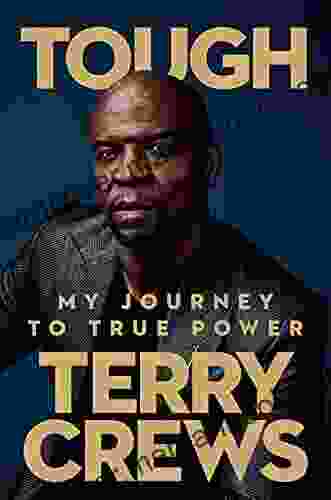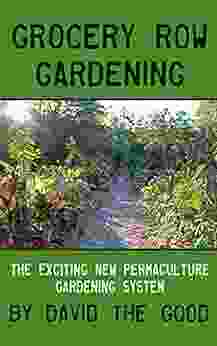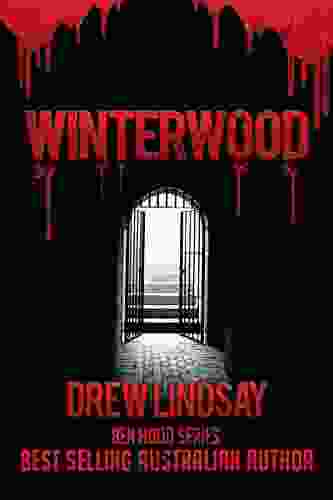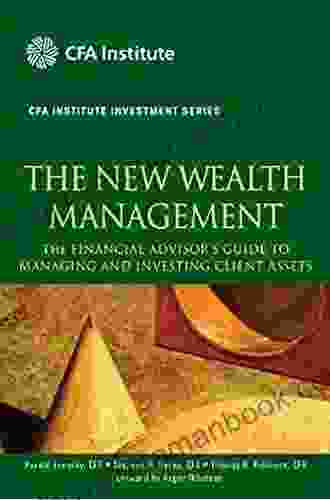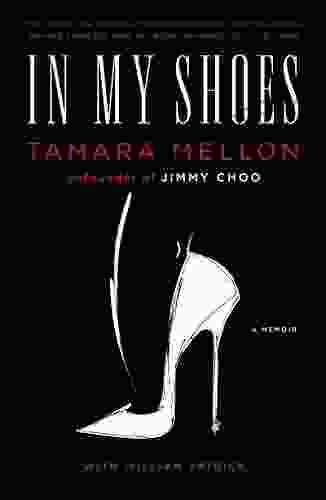Poetry, an art form that weaves words into tapestries of emotion and imagination, has captivated hearts and minds throughout the ages. Whether you're a fledgling writer or a seasoned poet, the pursuit of crafting great poems can be an exhilarating journey. This comprehensive guide will provide you with the tools and inspiration you need to pen extraordinary verses that resonate with readers.
The Essential Elements of Poetry
Imagery
Paint vivid pictures with your words. Use sensory details to transport your readers to distant realms, evoke emotions, and create lasting impressions. "The daffodils danced in the breeze" is a classic example of how imagery can bring a poem to life.
Metaphor and Simile
Compare and contrast unexpected elements using metaphors and similes. These literary devices create powerful connections between seemingly disparate ideas. "Life is a roller coaster" is a relatable metaphor that captures the ups and downs of existence.
Rhythm and Rhyme
Experiment with different rhythms and rhyme schemes. These elements can enhance the musicality and memorability of your poems. However, don't be afraid to break traditional rules if it serves the flow and impact of your work.
Voice and Perspective
Determine the unique voice and perspective from which your poem will speak. This could be your own voice or that of a persona. The perspective you choose will shape the tone, language, and overall impact of your poem.
Techniques for Crafting Compelling Poems
Sensory Details
Engage your readers' senses by incorporating vivid descriptions of sight, sound, smell, taste, and touch. Sensory details help create immersive and evocative experiences that connect with emotions on a visceral level.
Figurative Language
Use figurative language, such as metaphors, similes, personification, and hyperbole, to enhance the impact and depth of your poems. These devices can create surprising and memorable connections between ideas, evoke emotions, and generate vivid imagery.
Symbolism
Employ symbolism to add depth and resonance to your poems. Symbols can represent abstract concepts, emotions, or ideas, and can create layers of meaning that encourage multiple interpretations.
Inspiration for Poetic Creation
Personal Experiences
Draw from your own experiences, emotions, and memories to create authentic and relatable poems. Personal experiences can provide a rich source of inspiration and allow you to share your unique perspective with others.
Observation and Description
Pay attention to the world around you and capture its beauty, wonder, or absurdity through descriptive poems. Observe the natural world, human behavior, or everyday objects and events with keen attention to detail.
Music and Art
Music and art can provide inspiration and spark your creativity. Listen to music that evokes emotions and creates vivid imagery, or visit museums and galleries to admire works of art that inspire you.
Types of Poetry
Explore different genres and styles of poetry to find your niche and voice. Some common types of poetry include:
- Lyric Poetry: Expresses the poet's personal thoughts, emotions, and experiences.
- Narrative Poetry: Tells a story or recounts a sequence of events.
- Epic Poetry: Grand and elaborate poems that recount heroic deeds and adventures.
- Dramatic Poetry: Meant to be performed or read aloud, often featuring dialogue and characters.
Tips for Seasoned Poets
Experiment with Form
Challenge yourself by experimenting with different poetic forms, such as sonnets, haikus, or free verse. These structures can provide constraints that foster creativity and encourage you to think outside of traditional boundaries.
Collaborate with Others
Seek feedback and inspiration from fellow poets or join writing groups. Collaborating with others can offer fresh perspectives, help you refine your work, and expand your poetic horizons.
Read Widely
Absorb the works of great poets, past and present. Studying different poetic styles and techniques will enrich your understanding of the craft and provide endless inspiration for your own work.
Crafting great poems is an ongoing journey that requires passion, practice, and a willingness to explore the depths of language and emotion. By embracing the essential elements, techniques, and inspiration outlined in this guide, you will cultivate your poetic voice and create works of art that linger in the hearts and minds of readers. Remember, poetry is a transformative power that connects us to the human experience and the wonders of the world around us.



